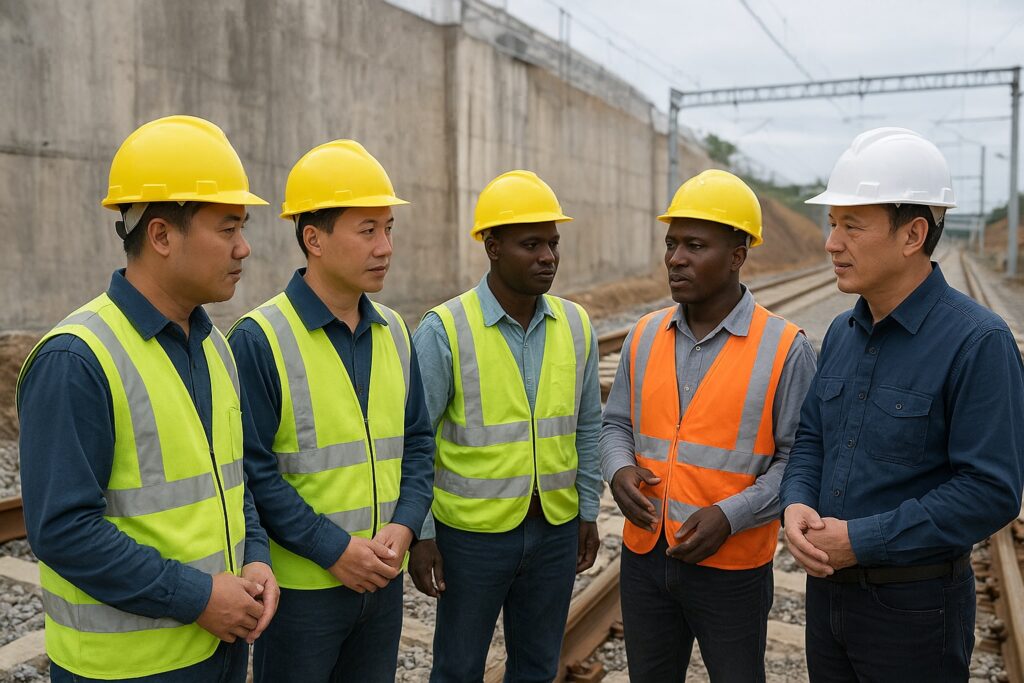Africa continues to stand at the center of China’s global development and cooperation strategy. Over the past two decades, China has become Africa’s largest trading partner, a key investor in infrastructure, and a vital ally in education and technology exchange.
Beijing’s engagement with Africa goes beyond natural resources. It reflects a shared vision for sustainable growth, industrial transformation, and digital innovation. As Africa positions itself as the next global growth frontier, China sees the continent as a partner in building a more balanced and inclusive international order.
Economic Growth and Shared Prosperity
Trade between China and Africa surpassed US$280 billion in 2024, marking more than a decade of China’s dominance as the continent’s top trading partner.
Through investments in mining, manufacturing, and energy, China has helped create thousands of jobs while stimulating local economies in nations like South Africa, Nigeria, Kenya, Ethiopia, and Egypt.
Special economic zones and industrial parks backed by Chinese funding are enabling Africa to shift from exporting raw materials to producing finished goods—a major step toward self-sustaining growth.
Infrastructure: The Backbone of Development
China’s visible footprint stretches across Africa’s roads, railways, and ports. The Mombasa–Nairobi Standard Gauge Railway, Ethiopia–Djibouti line, and Lekki Deep Sea Port in Nigeria have become symbols of modern connectivity.
Under the Belt and Road Initiative (BRI), China has financed critical infrastructure that links African cities and boosts intra-continental trade. These projects enhance logistics, facilitate commerce, and contribute to regional integration under the African Continental Free Trade Area (AfCFTA).
Education and Digital Innovation
Education and people-to-people exchanges remain vital pillars of China-Africa cooperation. Thousands of African students study in Chinese universities each year, while joint research programs continue to expand in science, technology, and agriculture.
China’s growing participation in Africa’s digital transformation—including 5G networks, e-commerce, and renewable technologies—illustrates a partnership that is increasingly centered on innovation and knowledge transfer.
Green Development and Climate Cooperation
China is supporting Africa’s transition to renewable energy through investments in solar, hydro, and wind power projects. These initiatives reduce carbon emissions while extending electricity access to millions of households.
The partnership aligns with China’s global pledge to promote green growth and Africa’s aspiration for sustainable development.
What the Future Holds for China–Africa Relations
The next chapter in China–Africa relations promises to be defined by innovation, sustainability, and human development.
Key areas of future cooperation include:
Digital Economy: Expansion of AI, 5G, and cross-border e-commerce.
Agricultural Modernization: Boosting food security through advanced agri-tech.
Renewable Energy: Joint production of solar panels, batteries, and electric vehicles.
Public Health: Continued collaboration in medicine, vaccines, and research.
Youth Empowerment: Training, scholarships, and entrepreneurship opportunities.
At the policy level, the Forum on China–Africa Cooperation (FOCAC) will remain the main vehicle for strategic dialogue. Both sides are also expected to align under China’s Global Development Initiative (GDI) and Global Security Initiative (GSI)—aimed at promoting peace, innovation, and mutual prosperity.
Conclusion
Africa’s importance to China lies not only in its natural wealth but in its people, markets, and potential for innovation. The partnership between China and Africa is evolving into a mutually beneficial model of South–South cooperation—anchored on equality, shared vision, and sustainable growth.
As both regions look ahead, the China–Africa relationship is poised to shape the 21st century’s economic and geopolitical landscape.

